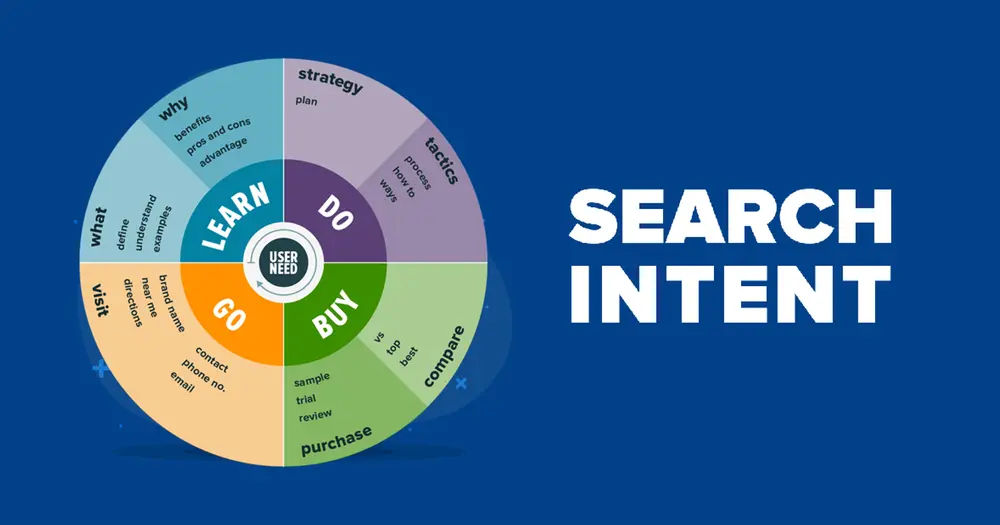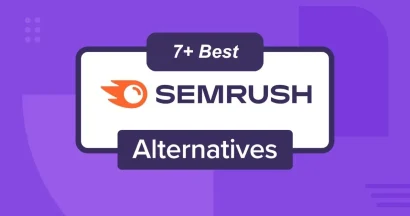This article will discuss how you can optimize your content to meet Google’s instructions. So, to rank higher in search results, ensure you read this article until the end.
Creating content blindly and uploading it to your site doesn’t guarantee ranking. Instead, aligning it with Google’s latest updates can take your site’s visibility to new heights. However, for this purpose, you must first be familiar with what Google wants you to do.
Well, according to Google’s latest update about site content, every website should have helpful content. This update not only focuses on providing the most relevant and beneficial information to readers but also enhancing their entire reading journey.
Google assesses the helpfulness of content through various indicators. Among them, E-E-A-T is the most important. It refers to experience, expertise, authoritativeness, and trustworthiness. EEAT is the cornerstone of search quality rater guidelines, which Google’s employees use to review the quality of search results.
Satisfy The Search Intent

Remember, every query a user inputs on Google has an intention behind it. There is always a problem or curiosity that compels users to perform online searches. In the world of search engine optimization, this purpose of query is known as search intent.
When someone searches on Google, it prioritizes including results from the web pages, which satisfies the search intent. That’s why you must meet the search intent to be more deserving to rank on top of results.
A user’s underlying goal in making a search query is usually of four types: navigational, informational, transactional, and commercial. To align with search intent, check which category your title falls in. Then, it will be easy for you to create intent-centric content.
Demonstrate Your Expertise
Every piece of content present on your website must demonstrate your topical expertise. Don’t leave your content with generic information that anyone can give. Instead, prefer to focus on providing value to readers by nourishing them with valuable knowledge.
To make your content worth reading, spend sufficient time in research and gathering helpful insights for the readers. Include authentic facts, figures, stats, expert quotes, and other statistics to back your claims. This increases your site’s credibility in the eyes of both readers and Google.
Also, your content must contain practical tips that can help readers solve the particular problems that enticed them to search on Google. By doing so, you can take your content a step forward and secure a top position in SERP.
Ensure Content Originality

Originality is one of the main factors that Google sees in content while evaluating its quality. Google devalues sites with copied content. Whether you steal others’ content intentionally or your content bears a significant resemblance to others unintentionally, Google treats both cases equally.
That’s why you should always be vigilant for accidental plagiarism in your content. To avoid unwittingly plagiarizing your work, you can examine for plagiarism using a sophisticated plagiarism detection tool. An efficient plagiarism detector evaluates your content deeply and accurately finds traces of unintended plagiarism.
After that, it highlights each sentence precisely that inadvertently matches with someone else. Then, you can rewrite or remove the identified lines to make your content unique. Once your content becomes plagiarism-free, you can upload it to your site fearlessly.
Structure Your Content Properly
The better you structure your content, the easier it becomes for Google to evaluate its quality. Organized content provides convenience not only to Google but also to readers. That’s why you should make sure that your content is properly structured.
While structuring the content, remember to follow Google’s instructions. To meet these guidelines, tag the title with the H1 header and ensure that you don’t use this main header anywhere else in the content. Content with multiple H1s confuses Google in the indexing process.
Then, organize the subtopics with header tags from H2 to H6. While using sub-headers, follow the chronological order. For example, all the H2s should come under H1, H3s under H2s, and so on. This creates a logical flow in content that helps readers digest information easily.
Add Relevant Keywords Naturally

It is important to note that the ranking of content heavily depends on two aspects: first, what keywords you use, and second, how you use the targeted keywords. Remember, Google doesn’t rank content with irrelevant keywords adjusted in an improper manner.
Therefore, don’t compromise on the choice and placement of keywords. For this purpose, make sure every keyword you choose directly relates to your topic and purpose. Adding keywords that don’t make sense gives you nothing. So, find less competitive and relevant keywords with high search volume.
Once you have gathered sufficient keywords, sprinkle them naturally in your content. Avoid stuffing multiple keywords in one section, as Google considers this a bad practice. The best places for the main keyword are the title, description, opening lines, and subheaders.
Focus On Enhancing Reading Experience

Google highly prioritizes user experience when evaluating the quality of the content. It wants every website to provide a smooth reading journey to readers. So, if you wish to make your content worth ranking, you must focus on improving the readers’ convenience in all ways.
In this regard, readability and clarity serve as key factors. So, aim to make that content easily readable and understandable. To achieve this objective, avoid using difficult words; rather, use the words that are familiar to your readers. Your content should not contain a single word that is hard to read.
Also, try to state everything in simple sentences. Avoid lengthening or complicating sentences unnecessarily. Moreover, stay to the point and mention only the details that matter the most. Additionally, you can enrich your content with bullets and lists to make it easy to read.
Link To Credible External Sources
When creating content, remember to make it authoritative. The more authoritative your content is, the more likely it is to rank in Google. Increasing content authority requires some smart techniques. Linking content to external sources is a vital tactic.
When your content contains links to other authoritative sites, it makes your content more credible in the eyes of Google. As a result, Google considers your content to be one of the most relevant and best pieces of information for the target queries.
So, whenever someone’s search terms match your title or targeted keywords, Google shows your content at the top. It results in a significant increase in organic traffic. Well, while linking content with any external site, make sure it is credible and provides authentic and reader-centric information.
To Sum Up: Optimize Your Content for Users & Search Engine
To put it concisely, optimizing content for Google’s latest update requires sufficient content enhancements. These improvements mainly aim to elevate readers’ experience by addressing their needs and solving their problems.
By satisfying search intent, making your content authoritative, enhancing reader experience, and complying with other standards of Google, you can optimize your content effectively. We have thoroughly discussed all these practices above. We hope that you have gone through all of them.
So, now that you know them, you are left with no excuse. Therefore, stop delaying content optimization and implement our suggestions to align your content with Google’s requirements. Remember, the journey doesn’t stop here. In the future, you can expect more updates from Google. So, stay informed with the latest rules and keep trying to comply with them.
Read more: 10+ Best Tools to Convert HTML to PDF
Contact US | ThimPress:
Website: https://thimpress.com/
Fanpage: https://www.facebook.com/ThimPress
YouTube: https://www.youtube.com/c/ThimPressDesign
Twitter (X): https://twitter.com/thimpress


